Nothing stays the same…but what really matters, is how you deal with the changes – says Barry Hearn
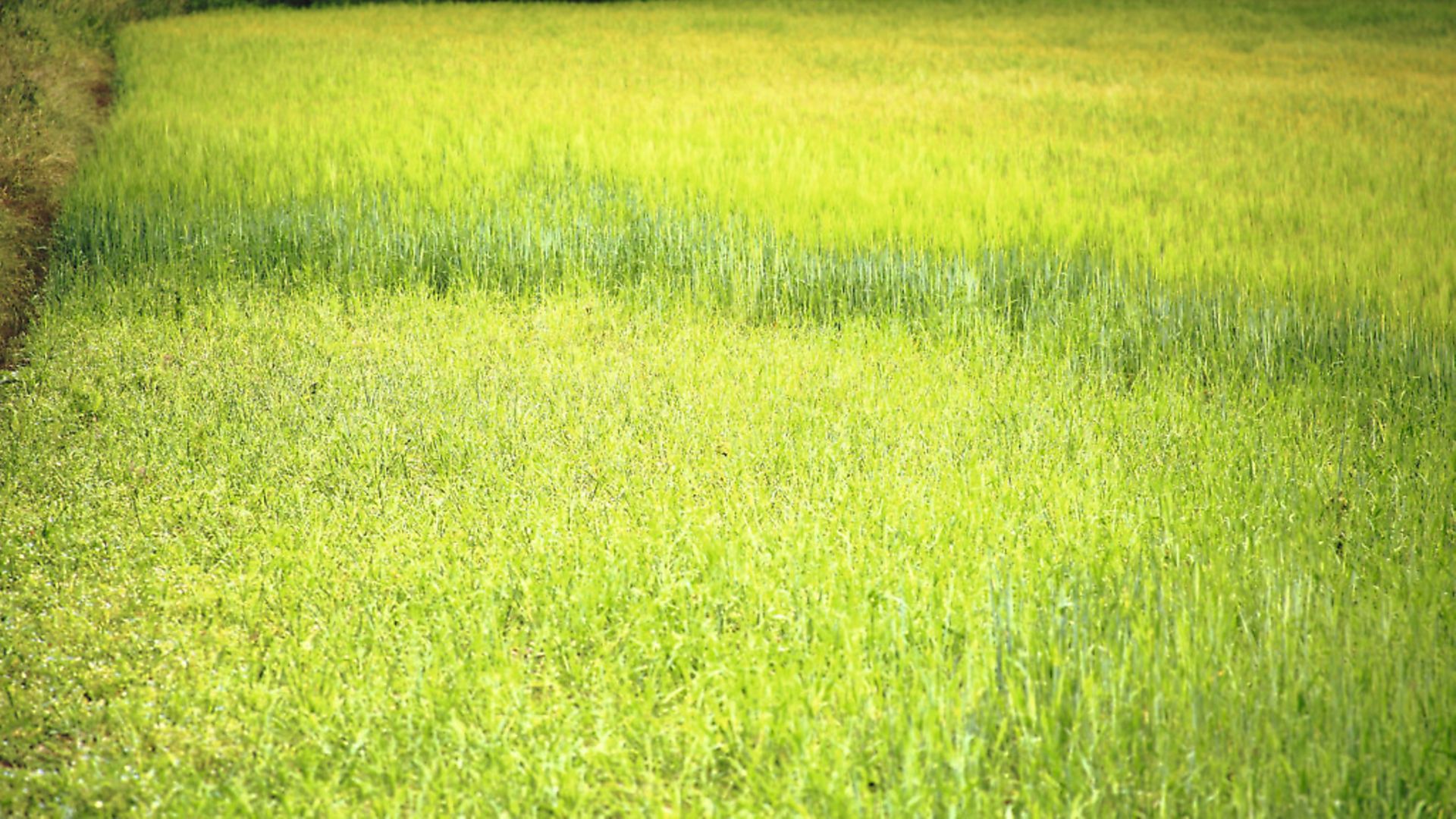 credit: Archant
credit: Archant
I was recently advised by the manager of my favourite shoot, that 'certain changes would be taking place on the estate.' The land in question has been my retreat, my sanctuary, and the place where I've been privileged to enjoy countless wonderful days in the hunting field, for over 20 years. Frankly, I was seriously concerned about these 'changes', even after the estate manager assured me that my permissions would remain intact and that I was regarded as a major asset and a great friend of the estate. It was heartening to hear this, but the fear remained that, what I'd regarded as perfect for so many years, was going to see major change. After all, perfection is rarely improved upon, is it?
Looking back
The manager went on to explain some of the plans for the estate, which turned out to be mainly the felling of several dying trees, a fair degree of crop rotation, including turning a couple of the large grain fields into set aside, but thankfully no grubbing out of hedgerows or monocrop culture. After our conversation, I was still highly anxious but I began to reflect on the changes I'd already dealt with over the years, and this definitely had a reassuring effect. Finally, I realised that, the really important thing, here, was not the changes themselves - I couldn't influence those at all - but the way I responded to them.
So it was that I had a serious word with myself, and while the agents of change re-shaped my beloved shoot with chainsaws, heavy machinery and agricultural hardware, I assembled my usual hide-building kitbag with a view to re-designing my hunting approach.
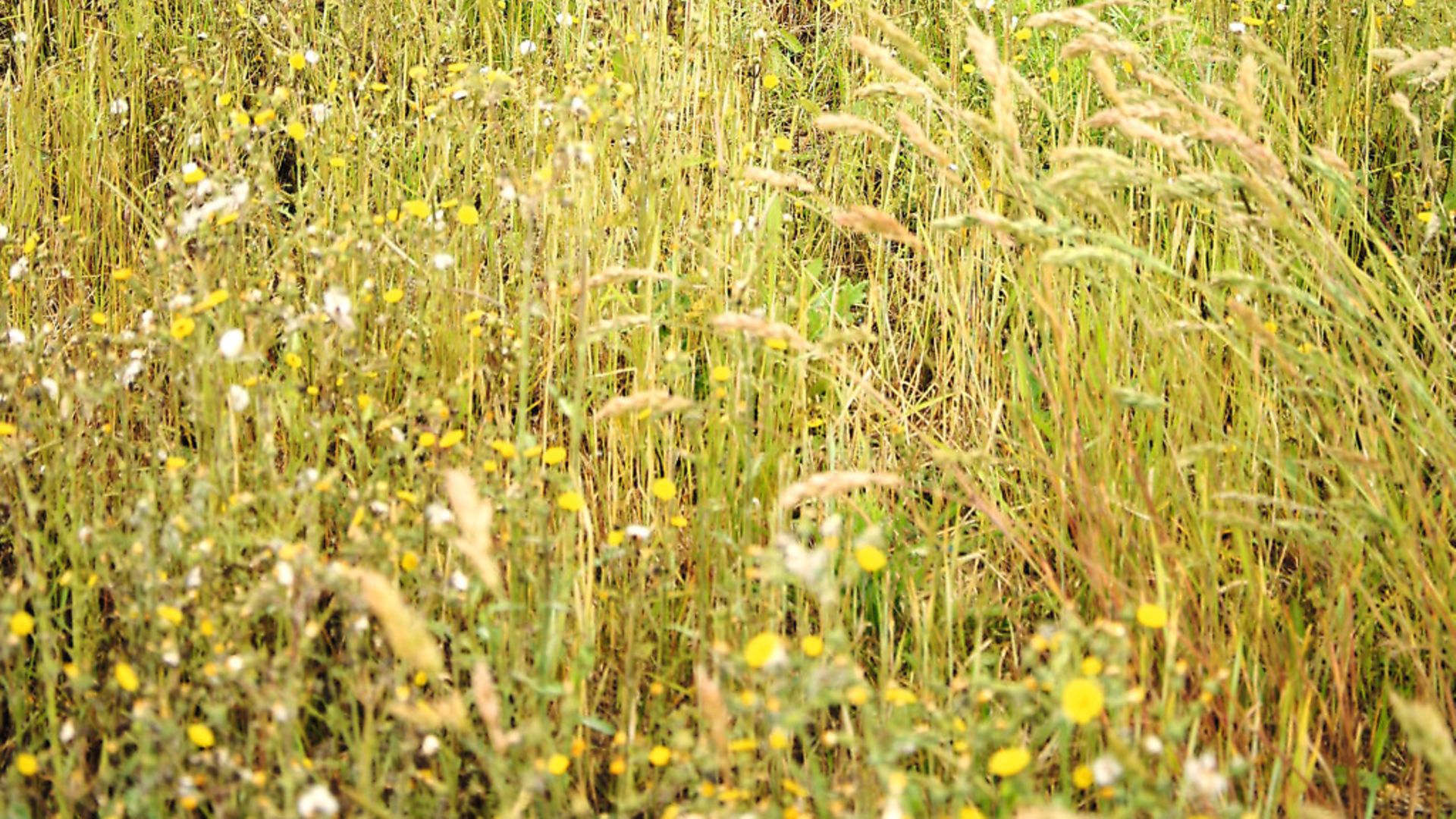 credit: Archant
credit: Archant
Recent adaptations
The major work was scheduled to take the estate team two weeks, after which I could assess the situation and plan my response. Whilst I waited to get on the land, I realised I'd already had to make some significant changes, to cope with a situation beyond my control, when the General Licences were withdrawn, recently. Like many, I'd applied immediately for an individual licence, but during the back-forth negotiations and notifications, I was forced to abandon my pigeon and corvid control. I switched to rabbits and mainly rats, and I used the time I would have been hide-hunting to explore my permissions and see what other opportunities were to be had. That exploration was about to pay dividends.
 credit: Archant
credit: Archant
A new approach
My first visit to the scene of the 'changes' was a bit of a shock, but any sort of major upheaval looks brutal until nature moves in and smoothes the edges with new growth. Two of my permanent hides had been flattened and their, admittedly dying, sitty trees were now part of a huge wall of horizontal conifers, horse chestnut and beech. Saplings had been planted, so the next generations had been catered for, but right now I had some thinking to do.
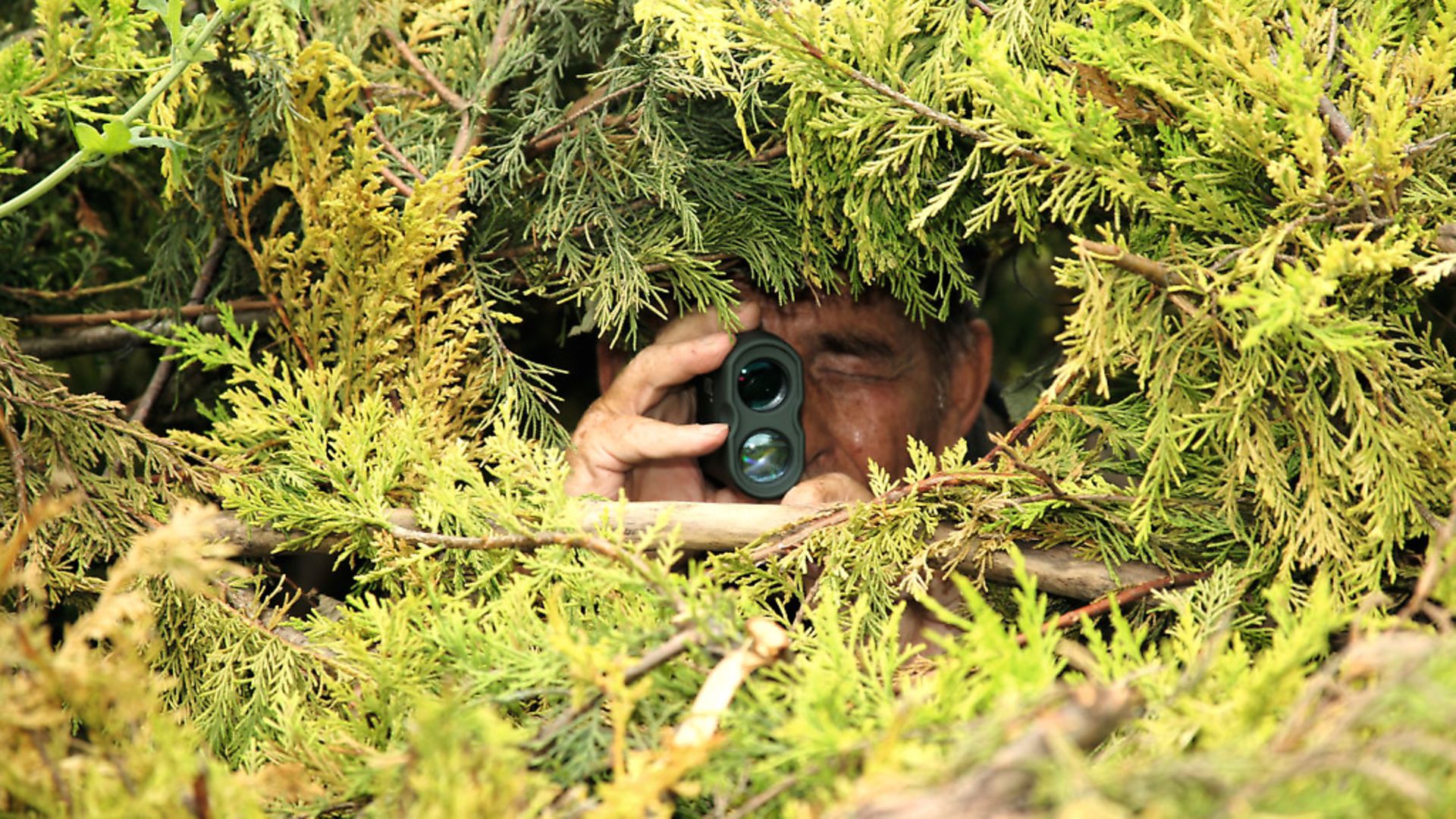 credit: Archant
credit: Archant
Find the attraction
I love my hide-shooting, so the main focus of my appraisal was finding potential sites for new hides. To do this successfully, the first thing you need to find, is the source of attraction that will bring quarry within range of your hide, and by 'within range', I mean an absolute maximum distance of 35 yards. I've often stated that I strive to make the actual shot that dispatches my quarry as close to a formality as possible. It's the preparation work leading up to the shot that provides my satisfaction, and that is founded upon being in range of something that draws quarry to it.
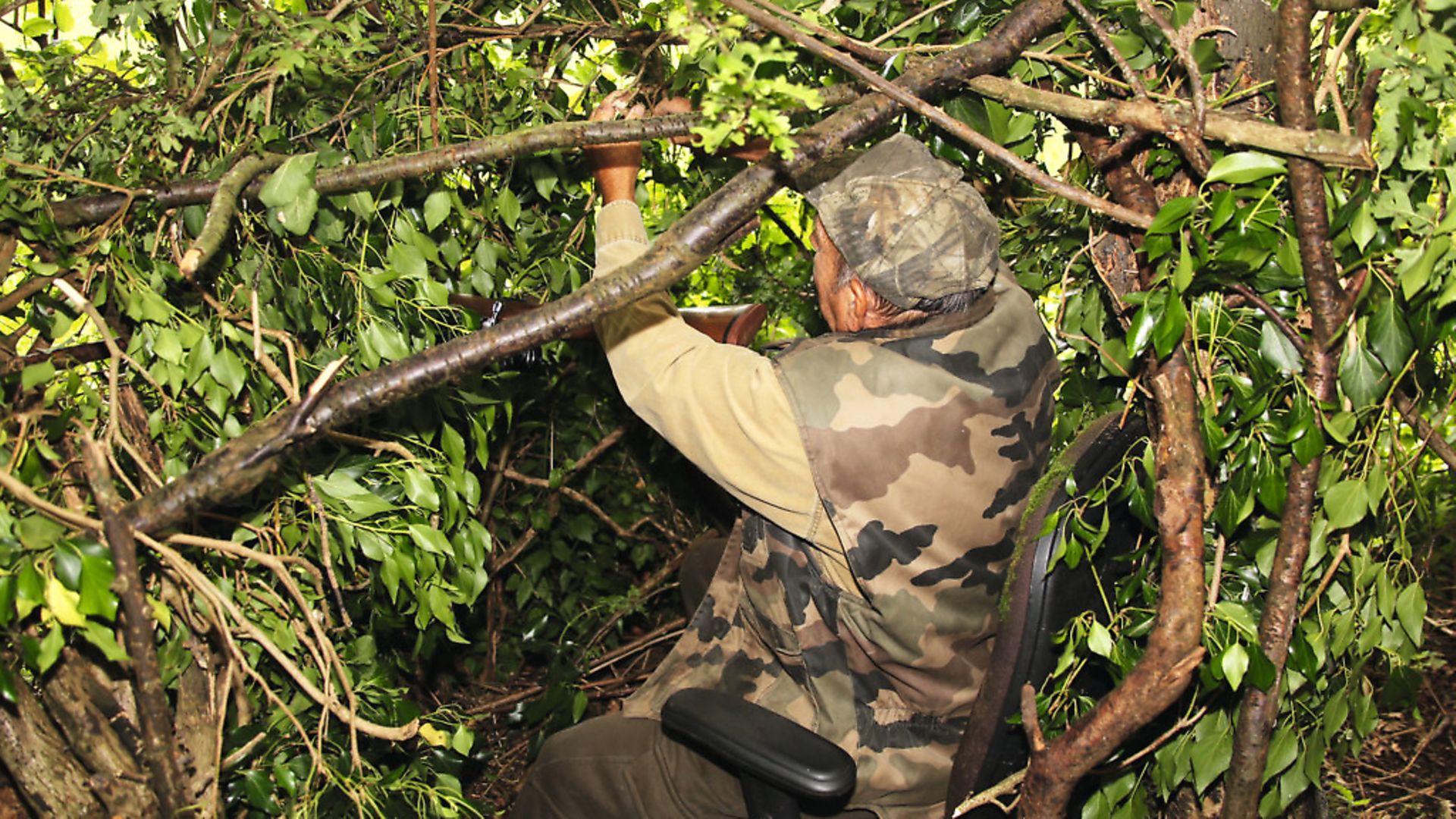 credit: Archant
credit: Archant
Food for thought
Food is usually the major lure, but water can do it, too, along with roosting sites and well-used routes to all of these. On this shoot, the evidence of a food source was writ large in the form of crop damage. A huge crescent of cropped corn stems, visible from 200 yards away, pointed the finger firmly at rabbits, and when a closer investigation revealed an extensive warren in the base of a sturdy hedgerow, the site of my first hide was already decided.
The warren was, indeed, a large one, extending for at least 20 yards on both sides of the hedge, which itself contained solid, established clumps of elder and leylandii. I poked my head into a centrally-placed leylandii and knew instantly that I'd found the ideal platform on which to build a shooting seat.
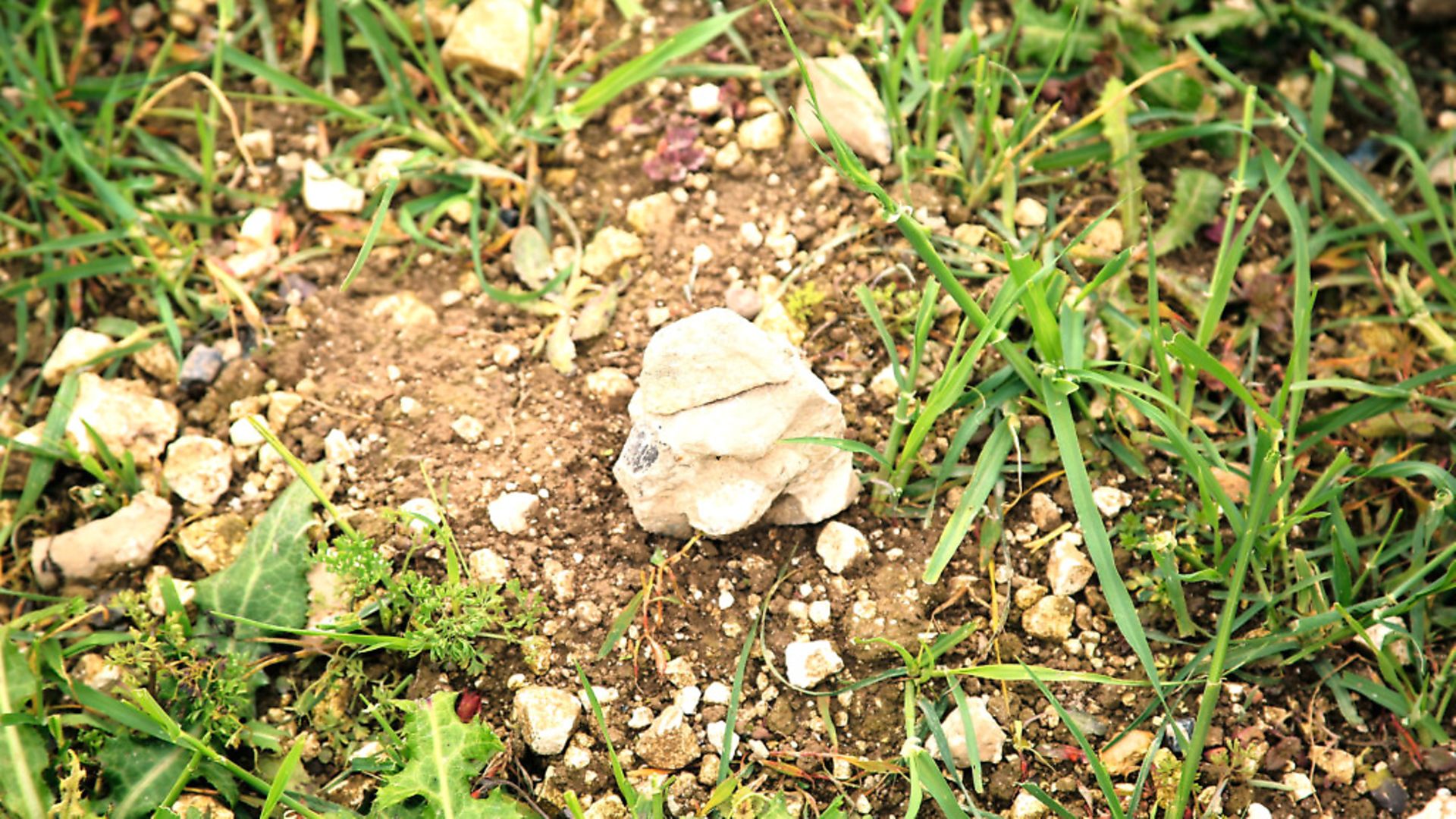 credit: Archant
credit: Archant
Everything needed
By the time I was ready to investigate other opportunities, I was genuinely excited at what I'd found. All the provisions were there; the food source, an elevated shooting position, an extensive field of view and an established supply of quarry. I also knew I could build a hide there that would be all but invisible, becoming completely so as the stems of bryony, bindweed and old man's beard began to weave their way through the structure. Trepidation had already been replaced by anticipation, and as I'd soon find out, things would only get better.
 credit: Archant
credit: Archant
Range of opportunities
I retraced my steps from the warren, noting the full extent of the crop damage on each side of the hedge. The soil here is chalky and I found a fist-sized lump of it near a recently-dug rabbit hole. I placed the lump of chalk at the edge of the crop damage to act as a distance marker. I'd eventually set up a few such markers, all carefully noted from my shooting position via my laser rangefinder, to provide a 'map' of my various aimpoints and, again, to make the shooting as clinical as possible. I always do this from a hide, these days, and it works perfectly. The effect of shooting through a hide 'window' can play tricks with ranging by eye, but nothing fools that laser.
A target blipped is a target ranged, and I can even use mine as a monocular, due to the 6x magnification it offers. I'm not a great one for gadgets, but I'd fully recommend a laser rangefinder, especially one like this MTC Rapier model, which covers distances from 5 to 700 yards, takes up very little room, can be used one-handed, and runs for ages on a single CR2 battery.
Are we sitting comfortably?
As I moved toward a small copse of beech and pine, I saw the familiar swathe of crop damage radiating from the base of the trees into the edge of a wheat field. This guided me toward my second hide location and as I neared the area, I saw of all things, an upturned office chair among a pile of moss-covered chunks of hardcore and decaying timbers. Obviously, an outbuilding had once stood here, but that chair could definitely come in handy as a shooting seat if my suspicions about this latest 'crop' of rabbits turned out to be true.
As things turned out, I'd discovered another potentially productive hide site, and the job now would be to turn potential into reality.
I'll see you next month to show you if I managed to do just that, but for now, whenever you're faced with change, please do the old 'stepping stones, not stumbling blocks' thing and seek out those new opportunities!
__________________________________________________
Read more from Barry Hearn...
Q&A with Barry Hearn, hide-hunting shooting master
Prepare for success with Barry Hearn's hide-hunting masterclass
Prepare for success with Barry Hearn's hide-hunting masterclass (part 2)